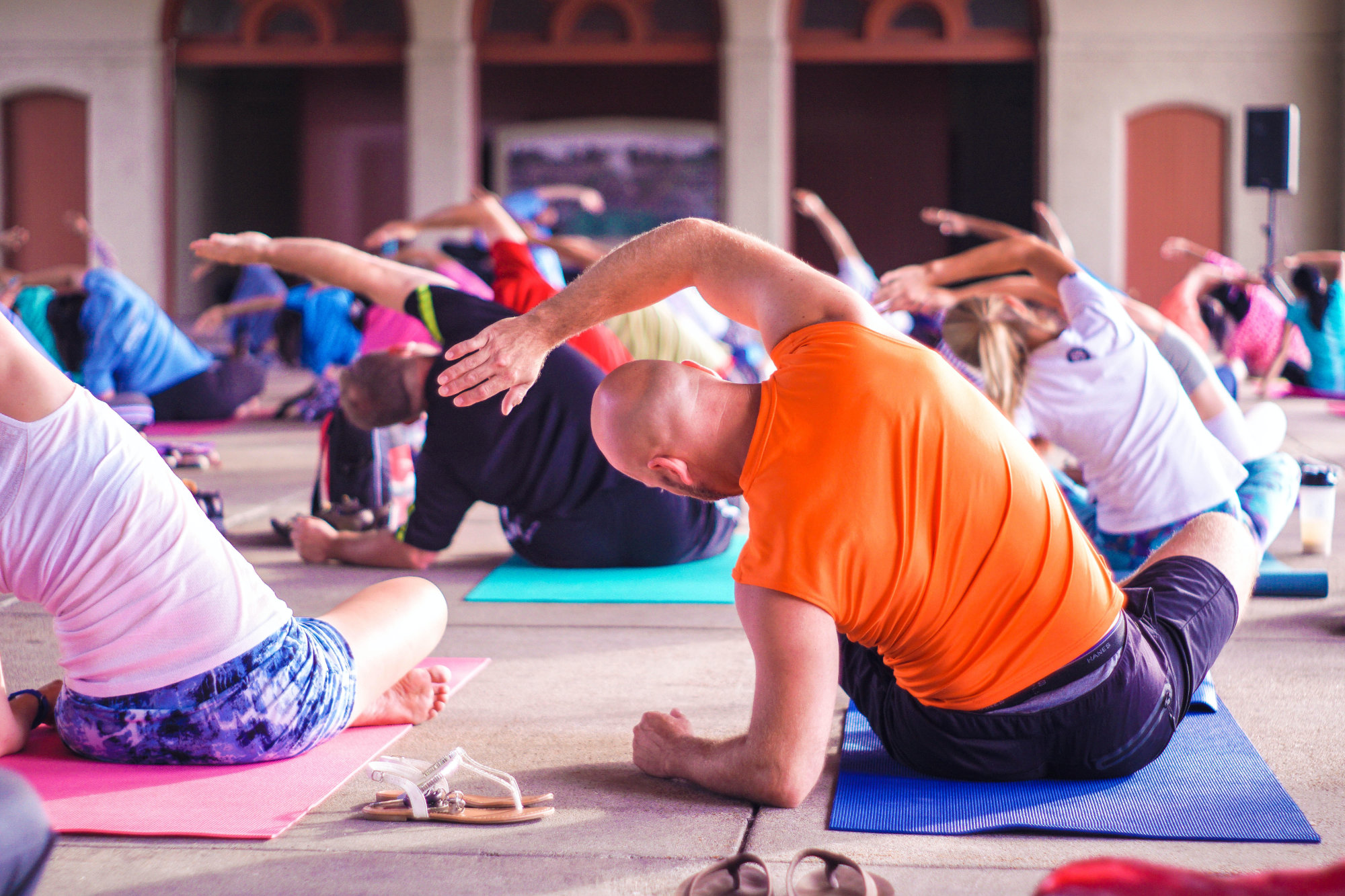As we age, our bodies naturally become less flexible and more prone to falls and other injuries. Fortunately, there are simple exercises that can help keep us mobile and active as we age. In this article, we’ll explore the importance of flexibility and balance exercises for the elderly, how they can improve your quality of life in old age, and some simple ways you can incorporate these types of fitness into your daily routine.
Flexibility and balance are two important types of physical fitness that help keep you moving and engaged as you age.
Flexibility and balance are two important types of physical fitness that help keep you moving and engaged as you age. As we age, our muscle mass and strength decline. This often leads to decreased flexibility and balance. Exercises that focus on maintaining both flexibility and balance can help prevent falls, fractures and injuries in older adults by improving their ability to move safely through their environment.
Flexibility exercises help improve range-of-motion (ROM), which means being able to move joints through their full range of motion without pain or discomfort. The more ROM an older adult has the less likely they are to suffer from stiff joints or muscle tightness due to lack of use (or misuse). Stretching exercises should be done before any activity involving movement so they don’t pull something while doing their workout routine!
Flexibility is the ability to move a joint through its full range of motion.
Flexibility is the range of motion of a joint. It’s important for good health and physical activity, especially as we age. Flexibility exercises include stretching, yoga and tai chi.
If you have trouble bending over to pick up something on the floor or reaching behind your back to put on a shirt, you may want to start with some basic stretches that can help improve your flexibility:
- Sit down with both legs extended in front of you and feet flexed (toes pointed). Clasp hands together behind head; slowly lean forward until shoulders are level with elbows; hold for 10 seconds. Repeat three times daily at least 15 minutes apart from other exercise sessions
Balance is the ability to maintain the body’s equilibrium over the base of support.
Balance is the ability to maintain the body’s equilibrium over the base of support. Balance is a complex process that involves sensory systems, motor control and cognitive functions. The ability to balance can be affected by many factors, including age, injury or disease. Balance exercises have been shown to improve balance in older adults and reduce falls among those at risk for falling
As we age, our muscle mass and strength decline. This often leads to decreased flexibility and balance.
As we age, our muscle mass and strength decline. This often leads to decreased flexibility and balance. In addition to the physical changes that occur with aging, many older adults also experience cognitive issues such as memory loss or dementia which can also contribute to decreased flexibility and balance.
Exercises that focus on maintaining both flexibility and balance can help prevent falls, fractures and injuries in older adults by improving their ability to move safely throughout their environment.
Exercises that focus on maintaining both flexibility and balance can help prevent falls, fractures and injuries in older adults.
Exercises that focus on maintaining both flexibility and balance can help prevent falls, fractures and injuries in older adults.
Flexibility exercises promote a healthy range of motion for your joints, muscles and tendons. They also improve circulation throughout the body by increasing blood flow to soft tissue. As you age it’s important to keep your joints flexible so they don’t become stiff or painful from lack of use. Stiff joints can lead to pain that limits your ability to move around freely or even sleep at night!
Balance exercises are very important for keeping an elderly person safe when walking around outside their home because they help them avoid falling down when taking steps forward or backward while standing still on one foot at a time (which happens frequently during normal everyday activities like washing dishes).
Taking part in some simple exercises every day can give you more energy, improved self-esteem, and help prevent injury or accidents when you’re elderly.
Exercises should be gentle and slow, with a focus on control. You should also do them in a comfortable position, as this will help you to perform the exercises correctly.
It’s important that you do your exercises regularly, at least once or twice a day for 10 minutes at a time. They can be done with one person or with several people depending on what type of exercise it is and how many people are available to take part in it. If there are no other available partners then it may be better just not to do any exercises at all!
Finally, make sure that any exercise program is safe by ensuring that: 1) all equipment used has been tested thoroughly; 2) nobody gets hurt during training sessions (elderly people often have fragile bones); 3) all participants know how much weight they should lift safely before attempting heavier weights – this depends on age as well as gender factors such as height/weight ratio etcetera…
As we age, our muscle mass and strength decline. This often leads to decreased flexibility and balance. Exercises that focus on maintaining both flexibility and balance can help prevent falls, fractures and injuries in older adults. Taking part in some simple exercises every day can give you more energy, improved self-esteem, and help prevent injury or accidents when you’re elderly.
Want to reach your fitness goals?
FitWorld provides a free to use online fitness journal. Record your cardio, strength and flexibility training and smash those fitness tragets!
Sign up now
